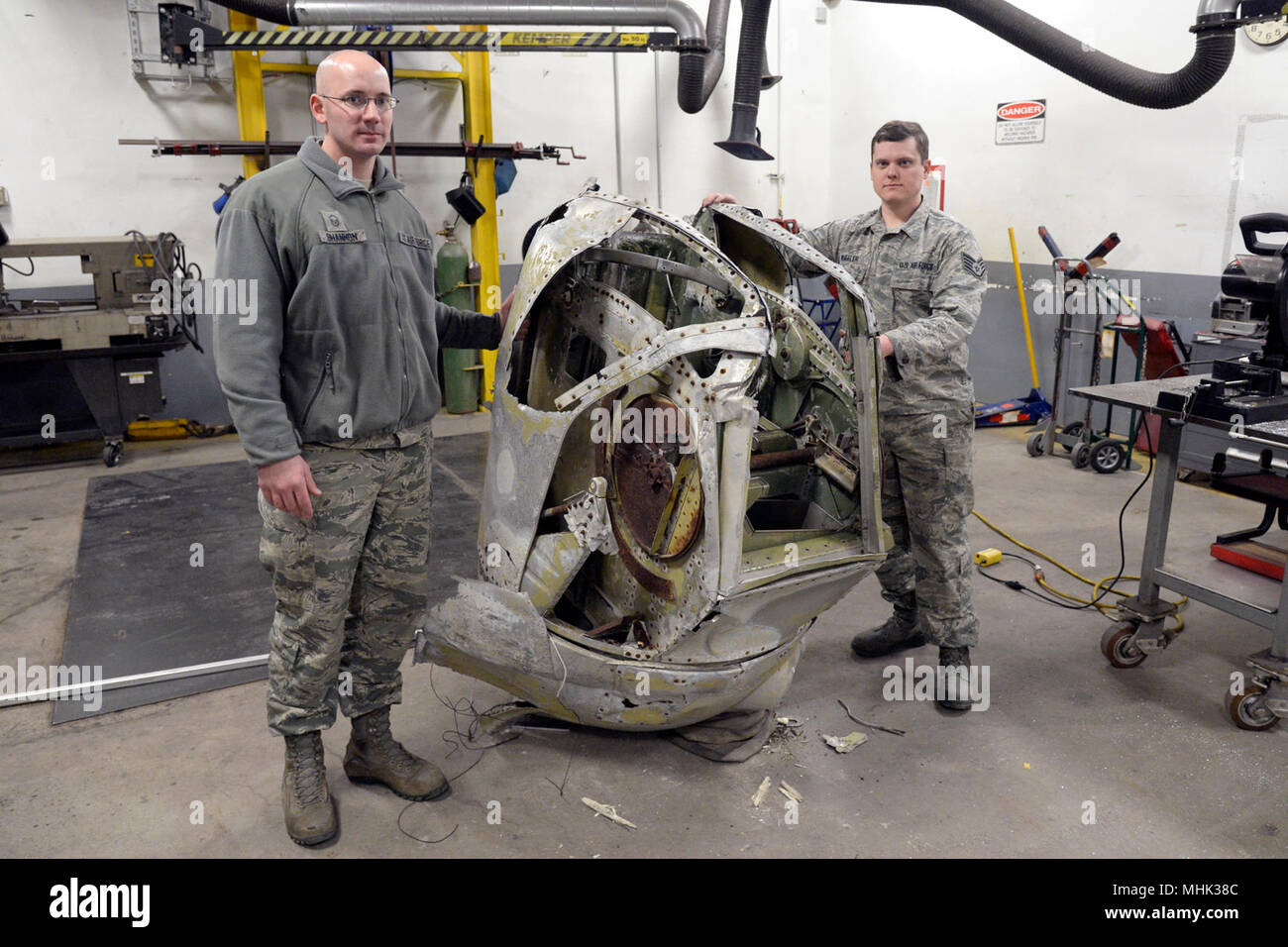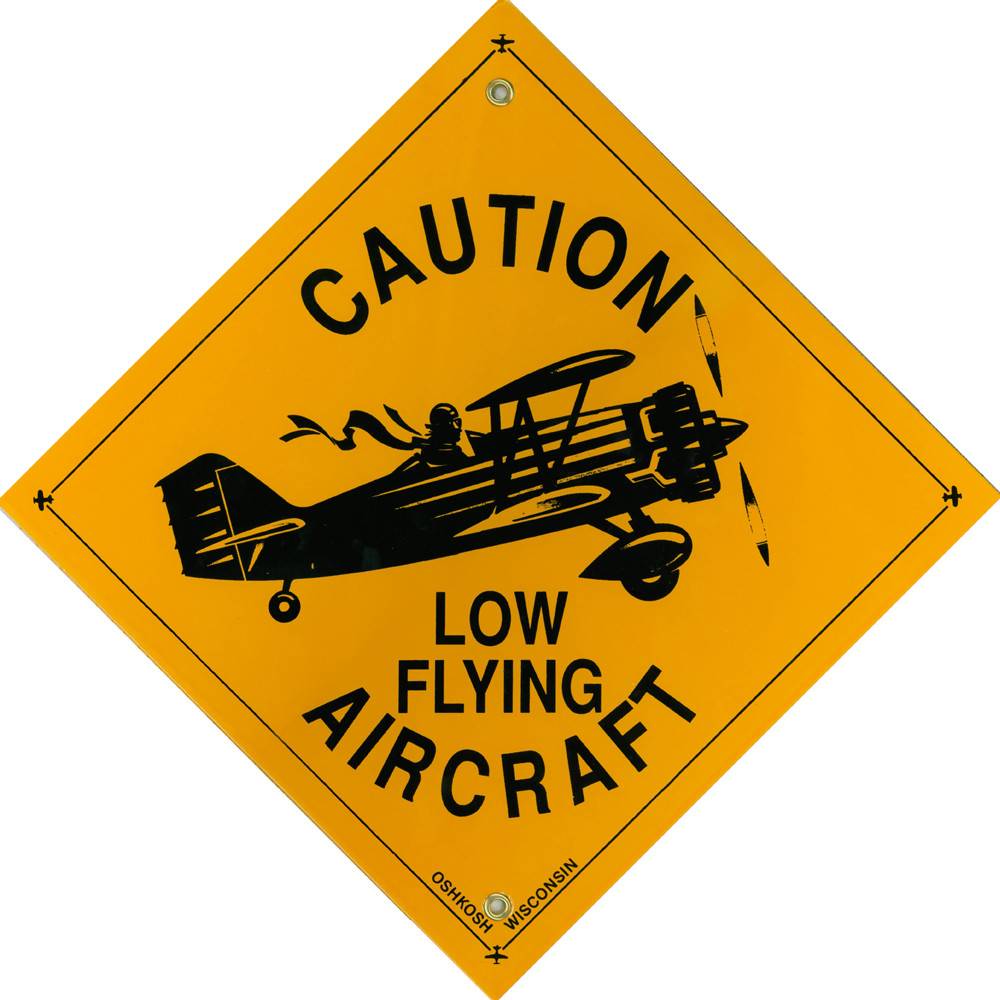Aircraft Metals - A new method for determining the internal forces of concrete-covered steel bars based on the magnetic memory effect of metal
Open Access Policy Institutional Open Access Program Special Issues Guidelines Editorial Process Research and Publication Ethics Article Processing Fee Award Referral
Aircraft Metals

All articles published by him are immediately available worldwide under an open access license. No special permission is required to re-use all or part of an article published by him, including figures and tables. For articles published under the open access Creative Common CC BY license, any part of the article may be reused without permission, provided the original article is clearly cited. For more information, visit https:///openaccess.
What Materials Are Aircraft Made Of (& Why)
Feature papers represent the most advanced research in the field with significant potential. Special studies are submitted at the individual call or recommendation of scientific editors and undergo peer review prior to publication.
A feature paper can be an original research article, a major novel research study, often involving multiple techniques or approaches, or a comprehensive review document that provides a concise and precise update on recent progress in the field and Systematically reviews the most interesting scientific developments. literature This type of paper provides an outlook for future research directions or potential applications.
Editor's Choice articles are based on recommendations from scientific editors of journals around the world. The editors select a few recently published articles in the journal that they believe will be of particular interest to readers or are important to a given research area. It aims to provide a snapshot of the most interesting works published in the various research areas of the journal.
Institute of Polymers, Composites and Biomaterials, National Research Council of Italy, V.le J.F. Kennedy 54-Mostra d'Oltermare pad. 20, 80125 Naples, Italy
True Craftsmen: Aircraft Metals Technology Shop Can Fix It All > U.s. Indo Pacific Command > 2015
Received: May 16, 2019 / Revised: June 3, 2019 / Accepted: June 4, 2019 / Published: June 6, 2019
In recent years, great efforts have been made to develop a new generation of materials for aeronautical applications. The driving force behind this effort is to reduce costs by extending the life of aircraft components (structural and engine components) and increasing fuel efficiency, payload and flight range. This article reviews the most important classes of metallic materials, including Al alloys, Ti alloys, Mg alloys, steels, Ni superalloys and metal matrix composites (MMCs), with the aim of providing an overview of recent developments and To highlight current problems and perspectives. . For aeronautical purposes involving metals.
Intense competition in the industrial aviation sector is pushing towards the production of aircraft with lower operating costs, such as extended life, better fuel efficiency, higher payload and flight range. In this regard, new materials and/or improvement of materials is one of the key factors with characteristics; The main goal is to reduce weight and increase the lifespan of aircraft components and structures [1]. In addition, to reduce weight, advanced materials must guarantee better fatigue and wear behavior, damage tolerance and corrosion resistance [2, 3, 4].

In the last decade, many research works have been devoted to materials used in aeronautical applications, and relevant results have been obtained in the production of structural and engine metal alloys with optimized properties.
File:a Metals Technology Journeyman From The 379th Expeditionary Aircraft Maintenance Squadron 130326 F Yt824 023.jpg
The choice of material depends on the type of part due to specific conditions of use, geometric limitations, environment, production and maintenance. Table 1 shows transport aircraft structural sections for typical loading conditions and requirements for specific technical properties such as ductility, compressive strength, tensile strength, damage tolerance (fatigue, fatigue crack growth, fracture toughness) and corrosion resistance.
Structural materials must withstand the static weight of the aircraft, as well as taxing, takeoff, landing, maneuvering, turbulence, etc. Related additional charges. To reduce mass, they must have a relatively low density and suitable mechanical properties for a given application. Another important requirement is damage tolerance to withstand extremes of temperature, humidity and UV radiation [5].
Figure 1 shows a transport aircraft (Boeing 747) and Table 1 lists typical load conditions along with required technical specifications for its main structural components.
As shown in Figure 2, engines consist of cold (fans, compressor and housing) and hot (combustion chamber and turbine) parts. The choice of material depends on the operating temperature. Cold section components require high specific strength and corrosion-resistant materials. Ti and Al alloys are excellent for these applications. For example, compressor operating temperatures are in the range of 500–600 °C, and the Ti-6Al-2Sn-4Zr-6Mo alloy (YS = 640 MPa at 450 °C; excellent corrosion resistance) is the most common. Materials used.
Typical Repairs For Aircraft Structures (part 1)
Hot components require materials with good creep resistance, high temperature mechanical properties, and high temperature corrosion resistance, and Ni-based superalloys are the best choice.
For many years, aluminum alloys have been the most widely used materials in aerospace engineering; However, the scene is rapidly evolving, as shown in Table 2, which shows the approximate amount by weight of primary structural materials used in Boeing aircraft. These data indicate that composites play an increasingly important role [4].
In any case, despite the increasing use of composites, Al alloys are still essential in structural applications due to their light weight, machinability and relatively low cost, and significant developments have been made, notably 2XXX, 7XXX and For Al-Li Alaiz. . Generally, 2XXX series alloys are used for critical fatigue applications as they are highly damage resistant; The 7000 series is used where strength is the primary requirement, while Al-Li alloys are chosen for parts that require high stiffness and very low density.

Where damage tolerance is a primary criterion for structural applications, Al-Cu alloys (2XXX series) are the most commonly used materials. Mg-containing alloys of 2XXX series: (i) High strength due to Al precipitation
Airmen Create Works Of Art With Metals Technology > Joint Base Elmendorf Richardson > News Articles
CuMg phase; ii. better damage resistance; (iii) Better resistance to fatigue crack growth than other Al alloy series. For these reasons, 2024-T3 is still one of the most widely used compounds in bodybuilding.
However, it is worth noting that the 2XXX series alloys have some disadvantages: (i) the relatively low YS limits their use in high stress components; (ii) Al phase
Improvement can be achieved by appropriate tailoring of the composition and strict control of impurities. In particular, adding some alloying elements, such as Sn, In, Cd, and Ag, can be beneficial to refine the microstructure, which can improve mechanical properties, such as hardness, YS, and UTS. was increased by increasing Sn. content to 0.06 wt% [6].
A further increase in mechanical properties can be achieved by controlling the level of impurities such as iron and silicon. For example, the 2024-T39 alloy with Fe+Si content of 0.22 wt% is much lower than the 2024 alloy (0.50 wt%), with an ultimate tensile strength (UTS) of 476 MPa, while the conventional 2024 alloy is 428 MPa.
Caution Low Flying Aircraft Metal Sign
Among all the metals, Zn is the most soluble in Al, and the strength result improved as the Zn content increased. 7XXX series alloys represent the strongest Al alloys and are used for heavy-duty aerospace components; For example, the upper wing skins, straps and stabilizers are made from alloy 7075 (YS = 510 MPa).
However, the 7XXX series also has its drawbacks. In particular, low fracture toughness, damage tolerance, and corrosion resistance limit the use of alloy 7075 in the aerospace industry. In any case, the composition can be varied to improve their characteristics.
Optimal properties of the 7XXX series are obtained when the Zn/Mg and Zn/Cu ratios are approximately 3 and 4, respectively. Because of its excellent mechanical properties (YS = 504 MPa, elongation = 14%) and better damage tolerance (44 MPa m), the 7085 alloy is a possible alternative to 7075 in aerospace applications.

). Zr and Mn can be added up to 1% as they refine the grain and consequently improve the mechanical properties.
Amazon.com: Ap400 Aircraft Metal Polish (1lb)
Another important issue related to the special applications of the 7XXX series alloys is the fatigue behavior, and a lot of work has been devoted to this matter, considering various parameters [8, 9, 10, 11, 12, 13]. has gone
Material impingement is often associated with crack nucleation. At the microscopic scale, roughness and precipitation particles can act as favorable nucleation sites; However, the most serious problems occur at the macro level. It has been established that coating layers due to coating and/or anodizing, as well as defects caused by the manufacturing process (machining marks, scratches, etc.) are the main sources of failure [12]. The fatigue performance of 7075-T6 alloy is significantly reduced by the anodic oxidation process, and the degradation effect of oxidation increases with the thickness of the coating layer. This detrimental effect is mainly attributed to the deep microcracks created during the anodizing process. In addition, embrittlement of the oxide layer and irregularities beneath the layer contribute to degradation [13].
Parts with complex geometric shapes made of Al alloy are generally produced by closed die forging of billets and
Online metals, legacy metals, coremark metals, precious metals, metals used in aircraft, aircraft metals technology, metals silver, monetary metals, goldin metals, air force aircraft metals technology, 0nline metals, bobco metals
0 Comments